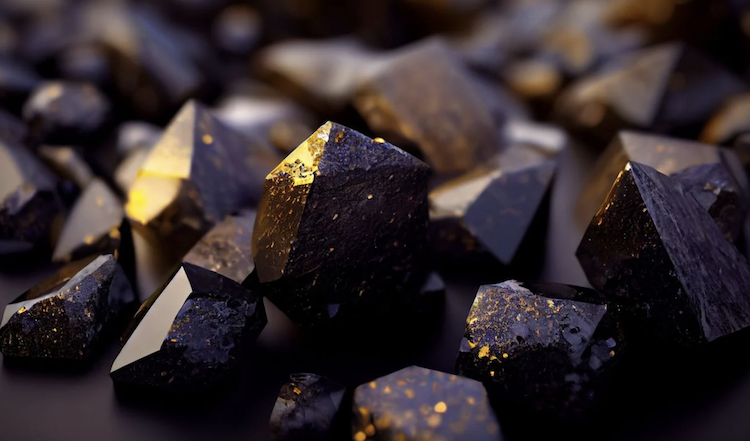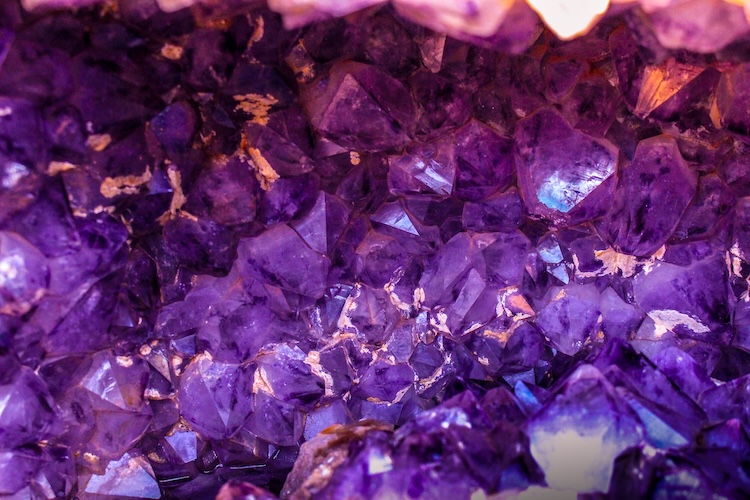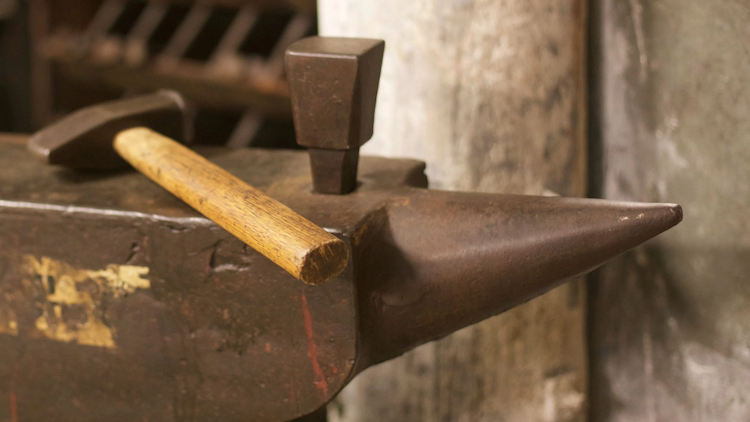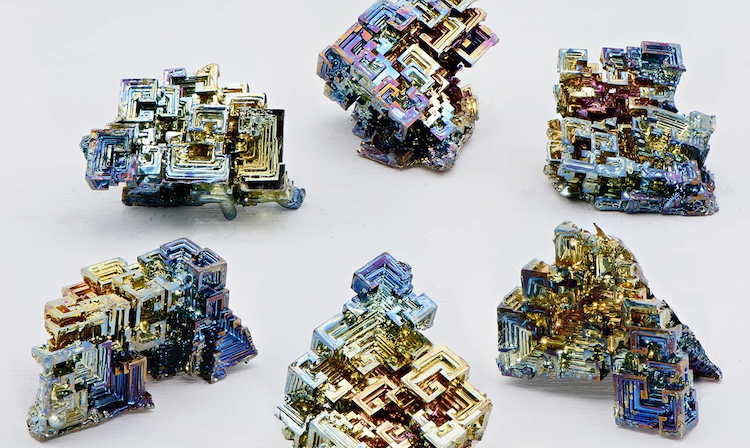Carnelian Price by Color and Types
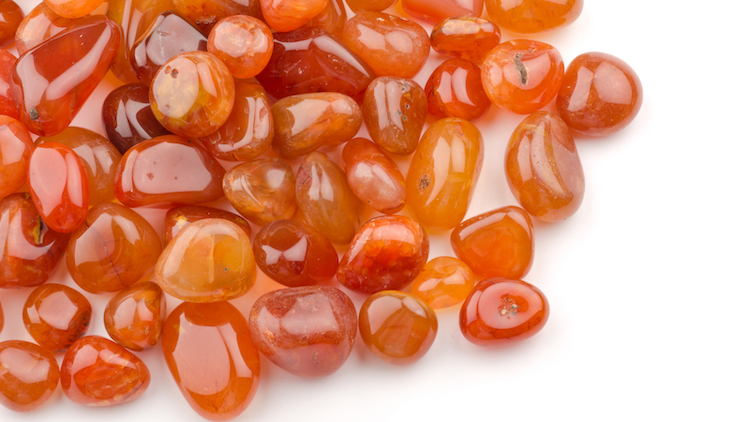
When it comes to captivating gems for jewelry, Carnelian is a top choice for its mesmerizing hues. Let’s take a look at Carnelian price by color and type.
Carnelian, a gemstone with a rich history dating back thousands of years, has captivated the hearts of jewelry enthusiasts and gemstone collectors alike. Known for its vibrant hues and striking translucency, carnelian is a variety of chalcedony, a type of microcrystalline quartz.
The value of carnelian goes beyond its cultural significance, as the beautiful stone is sought after across the world by collectors and jewelry enthusiasts.
Let’s delve into the world of carnelian, exploring its various colors, types, and the factors that contribute to its pricing.
What is Carnelian
Carnelian derives its name from the Latin word “cornum,” meaning cherry, due to its distinctive deep red color. It is one of the least expansive forms of chalcedony.
Carnelian is composed of silicon dioxide, the same mineral that forms quartz, but it has a unique blend of impurities that give it its distinct colors.
This semi-precious gemstone is characterized by its translucent to opaque appearance and is often used in jewelry, amulets, and carved artifacts. It takes various hues, ranging from a pale orange to an intense, almost blackish red.
It is found in various locations worldwide, including Brazil, India, Russia, and Germany. However, each carnelian stone originated from different regions, and having different colors has its corresponding worth.
Also read:
- How much is fluorite worth
- How much is calcite worth
- How much is citrine worth
- How much is coral worth
Carnelian Price by Color and Types
Here is a breakdown of Carnelian price per carat based on the color of the gemstone.
1. Red Carnelian
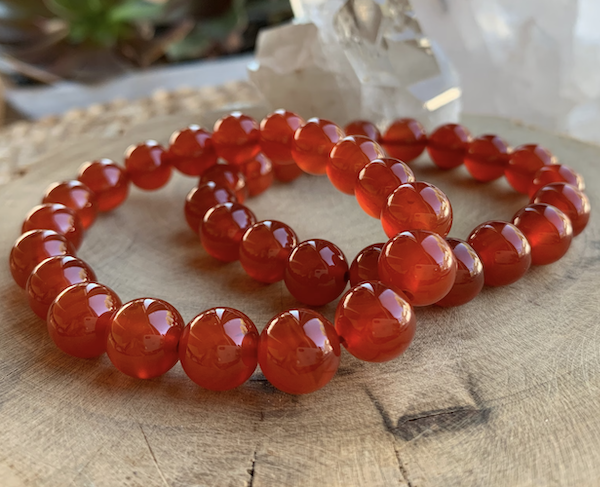
Red carnelian is arguably the most well-known and sought-after variety of this gemstone. The deep red color is attributed to the presence of iron oxide in the mineral composition.
The intensity of the red hue can vary, with some stones displaying a rich, almost fiery red, while others may have a more subdued tone. Red carnelian is often associated with vitality, passion, and courage, making it a popular choice for jewelry.
How much is red carnelian worth: Red carnelian is the most valuable color, ranging from $3 to $30 per carat depending on the intensity of the color and purity of the gemstone.
2. Orange Carnelian
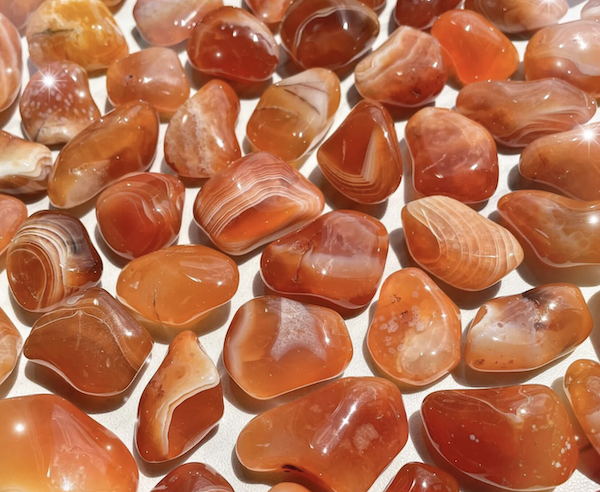
Orange carnelian, with its warm and inviting tone, is another widely appreciated variety. The orange color results from a combination of iron oxide and other impurities.
This type of carnelian is often associated with creativity, enthusiasm, and positive energy. Orange carnelian is frequently used in beadwork, cabochons, and carved gemstones in various jewelry designs.
How much is orange carnelian worth: The price of orange carnelian ranges from $1 to $20 per carat depending on the orange shade, and its radiant glow.
3. Brown Carnelian
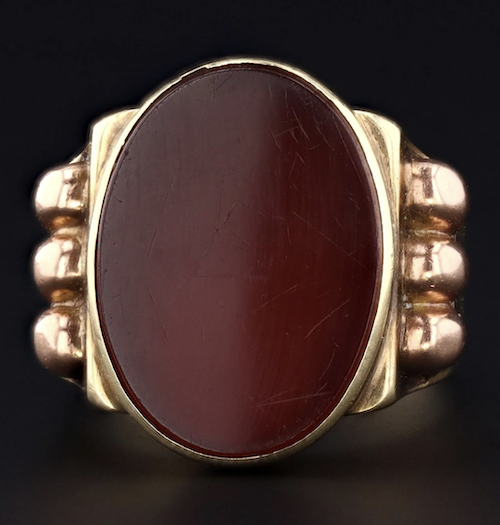
Brown carnelian, though less common than its red and orange counterparts, possesses its unique charm.
The brown coloration is typically due to the presence of manganese in the mineral composition. Brown carnelian can range from a light, earthy brown to a deeper, almost mahogany shade.
This variety is appreciated for its grounding properties, making it a popular choice for individuals seeking stability and balance.
How much is brown carnelian worth: The price of brown carnelian ranges from $1 to $15 per carat depending on the brightness of the color.
4. Pink Carnelian
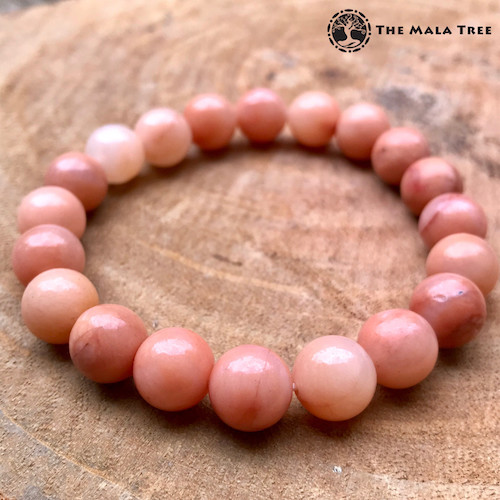
Pink carnelian is a more delicate and rare variation, prized for its soft and subtle hues. The pink color is often caused by the presence of manganese or other trace minerals.
This type of carnelian is associated with love, compassion, and emotional healing. Pink carnelian is commonly used in delicate jewelry pieces, where its gentle color can add a touch of romance.
How much is pink carnelian worth: Pink carnelian price ranges from $2 to $25 per carat depending on the shade of pink.
5. Blue Carnelian
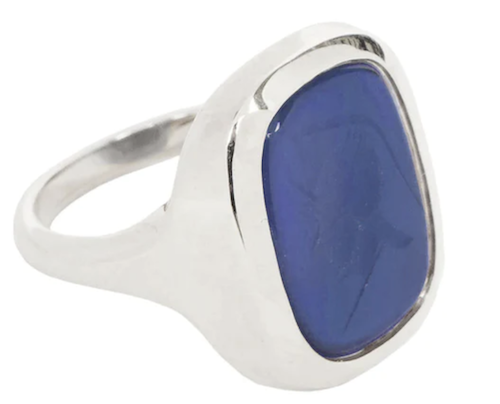
While not as prevalent as other colors, blue carnelian is a captivating and unique variation. The blue color is thought to result from the presence of trace amounts of copper or other elements.
Blue carnelian is associated with tranquility, communication, and self-expression. This rarity makes it a prized choice for collectors and individuals seeking distinctive gemstones for their jewelry.
How much is blue carnelian worth: The price of blue carnelian ranges from $3 to $30 per carat because of its rarity and cool tones.
6. Black Carnelian
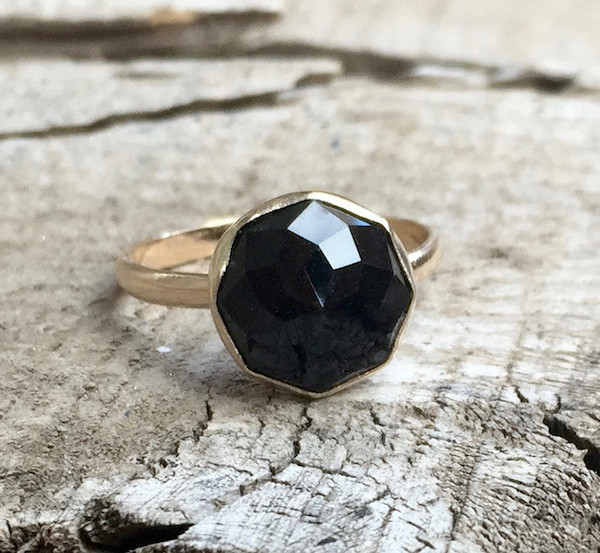
Black carnelian is an intriguing variation characterized by its deep, almost opaque black color. This dark hue is typically due to the presence of iron oxide and organic matter.
Black carnelian is associated with protection, grounding, and spiritual strength. It is often used in statement jewelry pieces, where the bold color can make a dramatic impact.
How much is black carnelian worth: The price of black carnelian ranges from $2 to $20 per carat depending on the intensity of the black color.
How to Determine the Price of Carnelian
Several factors influence the price of carnelian, including its color. Understanding these factors is crucial for both buyers and sellers in the gemstone market.
Color and Rarity
The most influential factor in determining the price of carnelian is the intensity and rarity of its color. Vibrant and deeply saturated hues, especially in red and blue carnelians, are generally more valuable.
Rarer colors, such as deep red and blue have higher prices due to their scarcity in the market.
Clarity and Transparency
The clarity and transparency of the Carnelian gemstone play a significant role in its pricing. Stones that are more clear with minimal inclusions are more highly valued because they are rare as well.
A clear and translucent carnelian allows more light to pass through, enhancing its overall visual appeal.
Cut and Shape
The cut and shape of a carnelian gemstone also contribute to its price. Well-cut stones with symmetrical shapes and smooth surfaces are more desirable. A stone with a good cut accentuates the gem’s natural beauty, maximizing its visual impact.
Carat Weight
As with many gemstones, larger carnelians are generally more valuable than smaller ones. The carat weight of a carnelian affects its price, with larger stones commanding higher prices, provided other factors like color and clarity are also favorable.
Origin
As discussed above, Carnelian is found in various regions across the world, such as Brazil, India, Russia, and Germany. Therefore, the geographical origin of the stone impacts its price.
Stones from certain locations may be associated with higher quality or rarity, contributing to their increased value. For example, carnelians from specific mines in Brazil or India may be highly sought after by collectors.
Treatment
Carnelian gemstones sometimes undergo heat treatments for color enhancement. If a stone is treated, it might lose its value, because it loses its color with time.
Natural Carnelian is worth more than the treated ones. Fully disclosing any treatments is essential for ethical and transparent transactions in the gemstone market.
Market Demand
Market trends and demand for specific colors or types of carnelian can influence pricing. If a particular color becomes fashionable or experiences increased demand, prices may rise accordingly.
Understanding market dynamics is crucial for both buyers and sellers in the gemstone industry.
Conclusion
Market trends and demand for specific colors or types of carnelian can influence pricing. If a particular color becomes fashionable or experiences increased demand, prices may rise accordingly.
Understanding market dynamics is crucial for both buyers and sellers in the gemstone industry. So before going for an appraisal of your gemstone, understand the factors that determine the Carnelian price to get the best appraisal value of your specimen.

